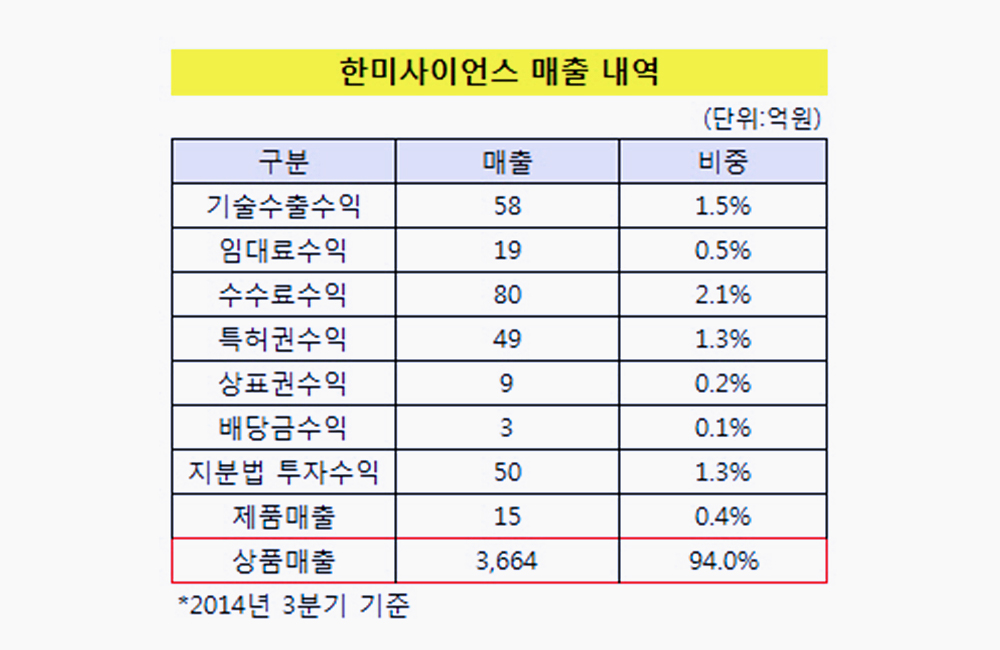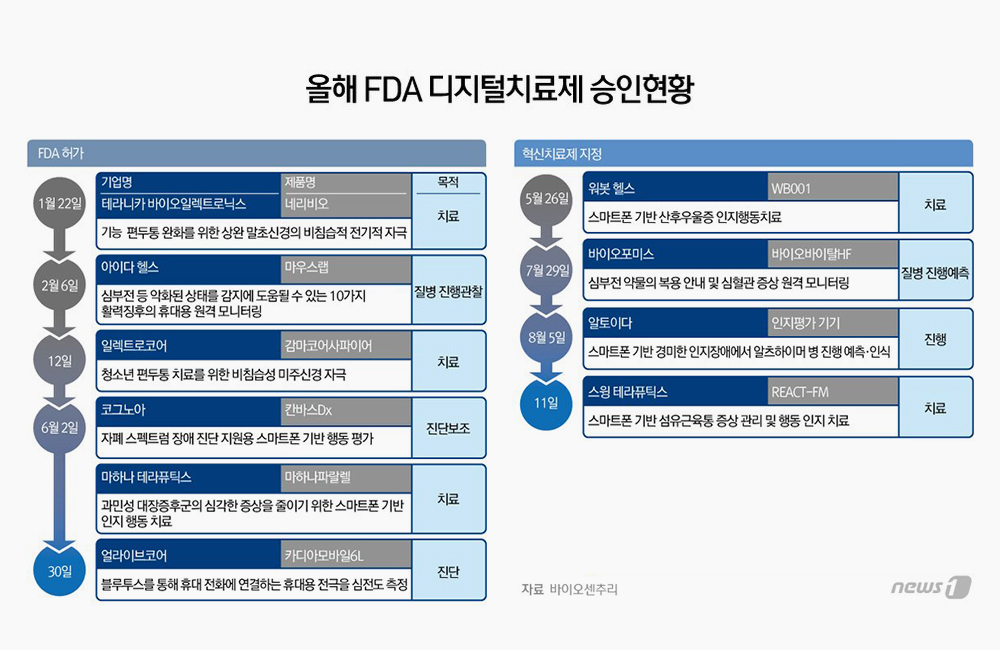Digital therapeutics (DTx) have been
increasingly popular since smartphones and wearable tech became ubiquitous. The
pandemic has set them on a trajectory for massive growth and mainstream adoption.
Currently, there is inconsistency in how
DTx are handled by payers and health plans, which sometimes treat them as
medications. The manufacturer would have a role in this determination. The
manufacturer submits the digital therapeutic for FDA review as a device, not as
a drug. The manufacturer will also, through its marketing efforts, advocate for
product coverage under the medical benefit, pharmacy benefit, or both.
What DTx Are And Aren’t
Digital therapeutics are one aspect of
digital health. DTx differ from telehealth in that they are generally
clinically proven tools patients use on an ongoing basis to affect behavioral
change and achieve health outcomes. While a provider typically recommends a DTx
solution and may check in with a patient on the results, the patient is
interacting with the technology on their own on a daily basis.
Devices that track heart rate and sleep
patterns are not DTx, though the data they provide can be useful in tracking
the effectiveness of DTx. DTx are generally apps or software that guide
patients through a process. While behavioral health conditions such as
depression, ADHD, and substance abuse are the focus of many DTx solutions, they
can also be used to treat a range of conditions such as asthma, insomnia, and
cancer.
How DTx Are Covered And Paid For Now
The cost of DTx solutions varies quite a
bit, but a total price of $1,000 (split between a patient copay and their
health plan or employer group) would not be uncommon. The cost is not
insignificant, though in the long term these solutions may help lower
healthcare costs. DTx solutions are approved only after studies showing they
produce positive outcomes. Other interventions, such as surgery or medication,
are often more expensive.
Some DTx providers have successfully made
agreements with PBMs (pharmacy benefit managers) to add their solutions to
formularies, which list and categorize drugs that are covered by insurance
plans. As a result, DTx might be covered under the patient’s pharmacy benefit.
But other DTx solutions are covered under the medical benefit. This split is
where things get tricky.
Skewed Data And Reporting
In our extremely complex system for pricing
drugs, data is the key to identifying how payers can lower costs without
compromising care. Categorizing DTx on the pharmacy side of the benefit (or
both sides) can skew data, making it harder for employer groups and health
plans to track outcomes and identify opportunities.
While currently DTx are a very small
portion of the pharmacy benefit, as they increase it’s easy to envision an
impact in trend reporting. Payers could see their pharmacy benefit costs
increase as a result of something that really has nothing to do with drug
therapy or drugs. It could make other cost-cutting measures more difficult to
track.
Plus, if there should be utilization
management restrictions on DTx, PBMs aren't set up to do that. PBM utilization
management programs are established to assure appropriate medication use. Since
DTx are, in effect, behavioral modification solutions, utilization is more
appropriately managed by medical benefit administrators.
While not everything on a formulary is a
drug — needles for injectables, for instance — it’s clear that DTx really don’t
fit. They’re better categorized under the medical benefit and, in fact, codes
already exist for billing DTx through the medical benefit. The cost to the
patient and payer is likely to be similar, without the resulting headaches down
the line.
Employer groups and health plans can ask
their broker or consultant if DTx are included in the formulary. If so, they
can ask the PBM to remove them or for them not to be authorized. The goal isn’t
for DTx to not be covered, but to ensure they are covered under the medical
benefit where their use can scale without creating issues.
Compounded Medications: A Cautionary
Tale
Taking a look at the history of compounded
medications shows why categorizing DTx correctly from the outset is so
important. Compounded medications combine multiple drugs into a single pill,
cream, etc. It’s a simple concept that has been around for decades, but in
recent years, prices began to skyrocket. A compounded medication with three
ingredients that are all individually quite affordable might be billed at
$10,000.
This problem could have been avoided from
the outset with clearer rules about only covering compounded medications that
are priced in line with their individual ingredients. Instead, it has been
addressed retroactively, which has been much more difficult.
It’s easy to imagine that DTx could create
a similar problem within a few years. It seems inevitable that DTx will not be
categorized as drug therapies in the future. Organizations that make that
change for themselves now will be ahead of the curve and avoid having years of
data that has to be adjusted to be useful.









